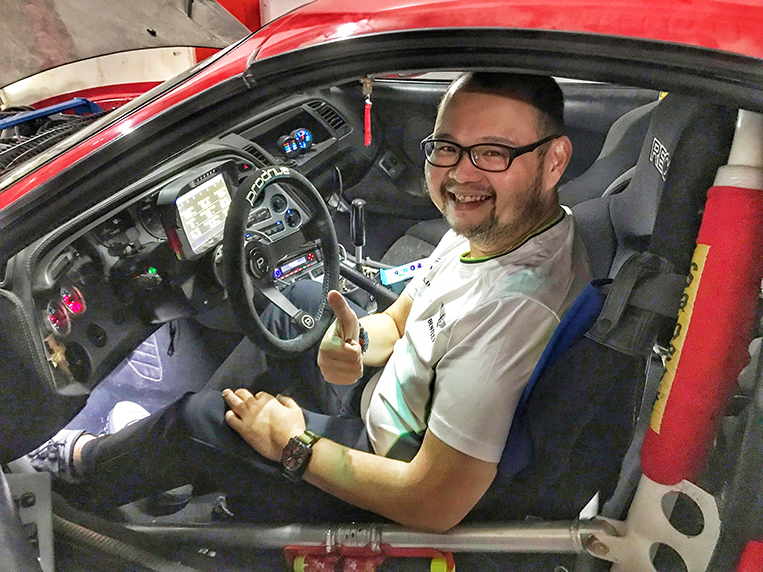
Before anything else, I have to say that my experience is based on owning a JZA80 Toyota Supra MkIV. I’ve had it for 12 years and counting. The Supra isn’t just a sports car, it’s also a grand tourer. But it has numerous parallels to a proper sports car. It’s old and I’ve modified it a fair bit, which complicates things further.
A sports car is a thing of joy—beautiful to look at, with a great sense of occasion even when parked. It’s a conversation starter, and it brings people together. Ironically, it won’t fit much. My Supra, despite being a 2+2-seater, won’t accommodate anyone taller than a kid at the back (or a midget even with a modestly sized driver up front). The hatchback rear does mean it can swallow certain packages. In short, if you’re a family man and you need to haul the wife and the kids, it’s not very practical. A modern Nissan GT-R (R35) is very much the same, with an even smaller trunk. A Ferrari 488 has almost no usable luggage space, but I admit you don’t buy a Ferrari to bring to the grocery store.
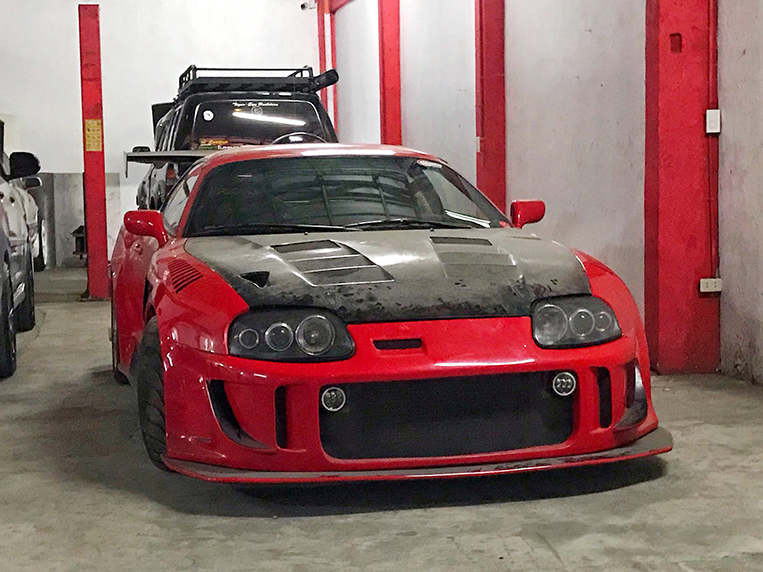
Then there’s the size of the doors, coupled with the low roofline, which means you need loads of space around the car to get in and out of it. So, unless you have reserved parking with no vehicles beside the spot, it’s really hard on your knees, neck and back if you’re of decent height and considerable width. I hate it when people see me literally crawl out of my Supra, because I have to pull myself out. A six-point roll cage complete with door bars definitely doesn’t help. And the wide doors need a wide berth to get them to open to any useful degree so you can get out. My recent drive with the Porsche 992 in Spain was equally telling: A low roof and wide doors meant a sprained knee after an entire day of jumping in and out of different cars. If you have a convertible or roadster, it does make ingress and egress easier. But would you leave the roof down in a typical public parking lot in the Philippines? I guess not.
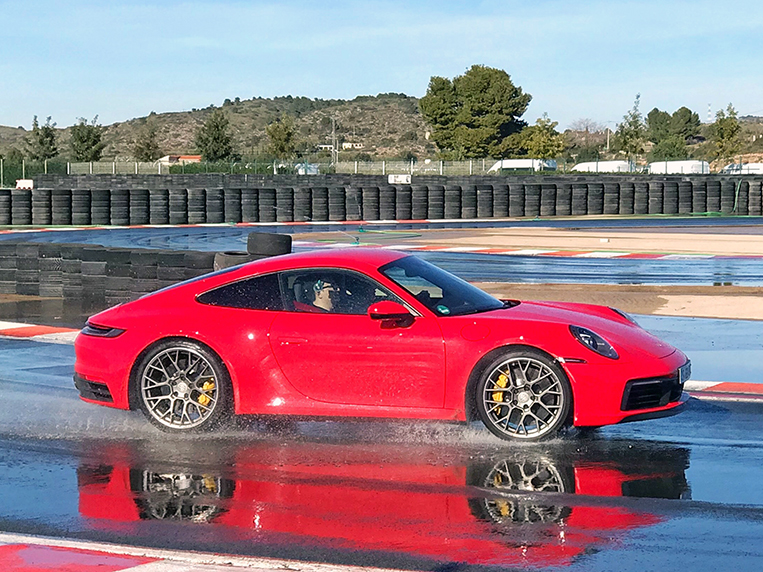
Related to this is the low ride height. A common sports car will have difficulty getting into and out of a building’s basement or elevated parking. The steep ramps and the tight slots mean you’ll scrape your car’s belly and then have difficulty getting in and out of your car. Once, I accidentally broke off one of the underbody diffuser fins of a Ferrari 488 as I cleared a speed bump. I was crawling, but I misjudged the hump. I didn’t even notice it until someone pointed it out. I hurried back to that pesky speed bump and found the autoclaved dry-carbon fin still lying on the ground. Thankfully, Ferrari Philippines told me the car was insured. Had they billed me, I might have ended up in jail until I paid the last peso for the damages.
And did I mention door dings? Door scrapes? Yup, you’ll get those. Lots of them.
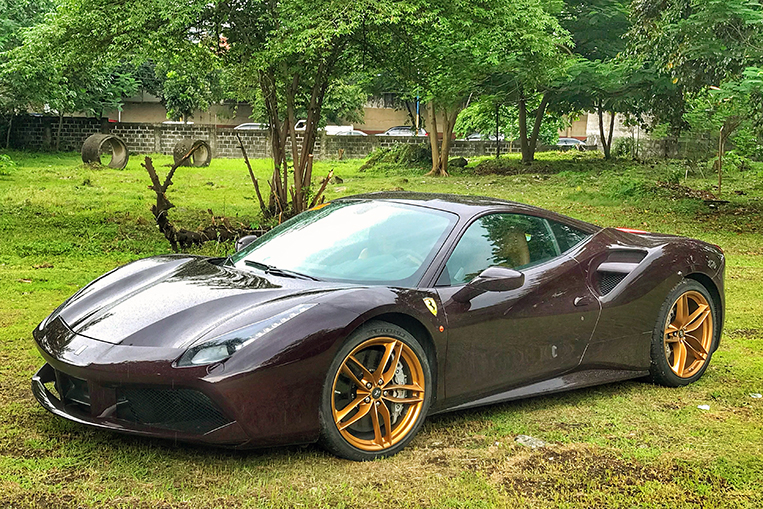
Another issue is the cost of maintenance. Mazda MX-5 aside, owning and maintaining a sports car isn’t cheap. Expect to spend hundreds of thousands of pesos a year to maintain a machine made by a high-end European brand (Ferrari, Lamborghini, Porsche). Ferrari’s older F355, for example, needs a cam-belt change every three years or 50,000km. Never mind the engine-out job—imagine the labor cost alone.
And when something breaks? Good luck on the parts. I’ve gone by ordering parts directly from abroad (Japan and the US) to get substantial savings, but not everyone has the time (or the savvy) to do this. And the waiting game can be annoying. Then there’s finding a specialist shop that can maintain the car for you while providing expert levels of service, all at a price that undercuts conventional dealerships. There’s a good number of them around—you just have to look.
My Supra costs about thrice more to maintain than a Vios. My Supra is still a Toyota, with just regular PMS required. Yet I’ve had to recently order new wheel bearings, wheel seals, axle boots and a prop-shaft bearing, and the total bill almost left me homeless (because the wife found out). And we haven’t even talked about the mods and the aftermarket parts yet.
One of the greatest fears of a sports car owner is to get hit by a moron while he’s trying to be as careful and as law-abiding as he can
Here’s one issue about sports cars that always bothers me as I get older: the noise. While the noise is pleasing to most car enthusiasts, your neighbor won’t find it amusing at all. I once started my Supra for an early-morning fun run, and it woke up my entire townhouse complex. Kids were startled and started crying. This definitely won’t make you popular on your street.
Next up is traffic. A sports car, especially an older one, while reliable enough for a slow commute, is simply wasted on traffic jams. Parts wear and tear, fuel bills rise and many wear-dated parts get nearer their sell-by date without you enjoying the drive.
Now, even if you’re handy with tools but have a modern sports car, DIY-ing the car is nigh-on impossible. The electronics make it very complicated, and something as simple as changing spark plugs requires a lifter to access them. Have you seen the engine of a Porsche Boxster or Cayman? Neither have I. Everything is accessed underneath. So, if you want to change the plugs yourself and are prepared to jack up the car and put it on jack stands, knock yourself out. Let’s not even get started on changing a clutch on a modern sports car (especially a 911). That’s also an engine-out job. And as you get older, you realize time is better spent driving rather than fixing your car as it competes with time for family, work and other social obligations.
We’ve seen a rise in the number of so-called kamote riders and drivers, or motorists who seem to lack common sense on the road. That’s among the greatest fears of a sports car owner—to get hit by a moron while he’s trying to be as careful and as law-abiding as he can.
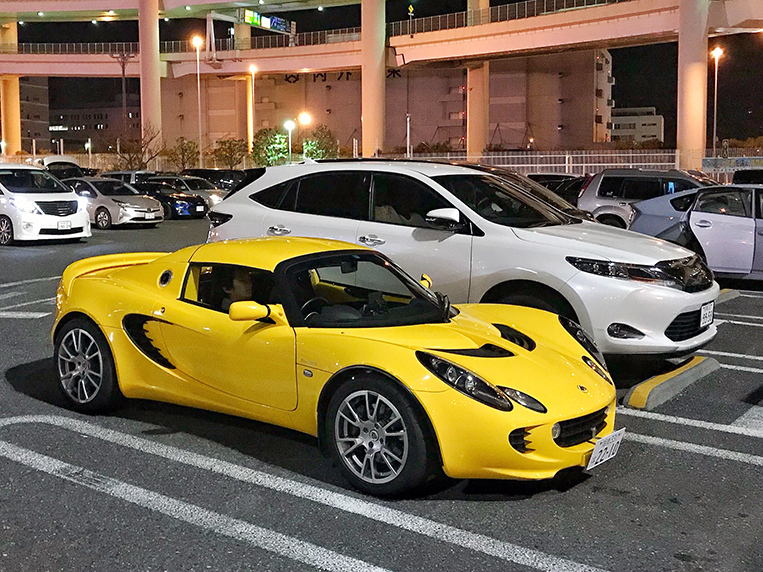
There is also the build quality. The Lotus Exige V6 is one of the most scintillating analog sports cars I have driven in recent years, but the build quality makes you think it was built in a shed. Everything works. It’s reliable, it’s fast, it’s fun. But when I had the car, it locked me in, then locked me out. And the air-conditioning stopped working for a time. Then there were the huge panel gaps. Smoke from buses on EDSA was entering the cabin and suffocating me. Oh, and the clutch was the second stiffest, heaviest and hardest I had ever experienced—next only to that of the Land Rover Defender, if you’re curious to know. Both British cars, so I don’t know if that’s a British thing.
Finally, if you want to enjoy your sports car, you need to wake up really early (or stay up really late) to do so. And to experience its maximum performance potential, you need to go to the racetrack. Trying to harness even just half of my Supra’s potential will land me in jail. And there, again, is the problem with the noise I referred to earlier. You will really announce your presence, arrival or departure to the world. That’s also why I like the Porsche 918 Spyder and the McLaren P1, which have a full EV mode to let you quietly escape into the night.

But if you can live with all the above-mentioned inconveniences (and probably many more that I failed to point out), few things are as intoxicating, as exhilarating and as liberating as driving a true sports car. The looks, the sound, the vibration…no ordinary car will ever provide the complete aural and emotional experience. You get the speed and the feeling of connectedness. Like a direct spinal tap, it’s sheer motoring nirvana. Properly tuned and maintained, a sports car is literally like an extension of your will: The steering is telepathic, the throttle moves with millimeter-like precision, and the brakes feel like flexing your own muscles. Your average family sedan, SUV, MPV or pickup will feel like a lumbering sloth after you drive a sports car.
Despite their many foibles, I’d merrily accept and buy any of my dream sports cars if I had the cash for them.

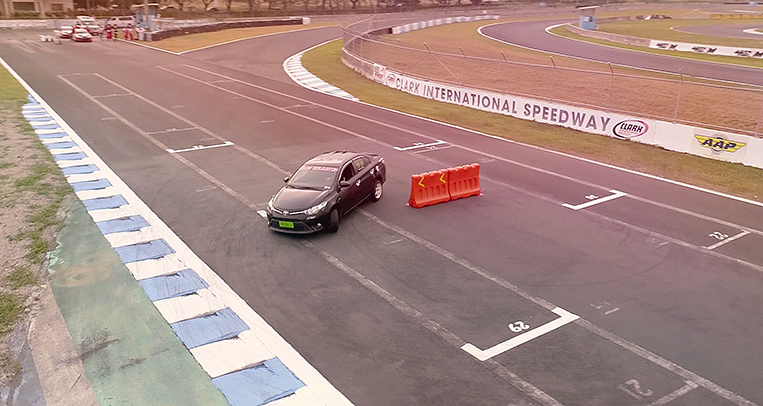
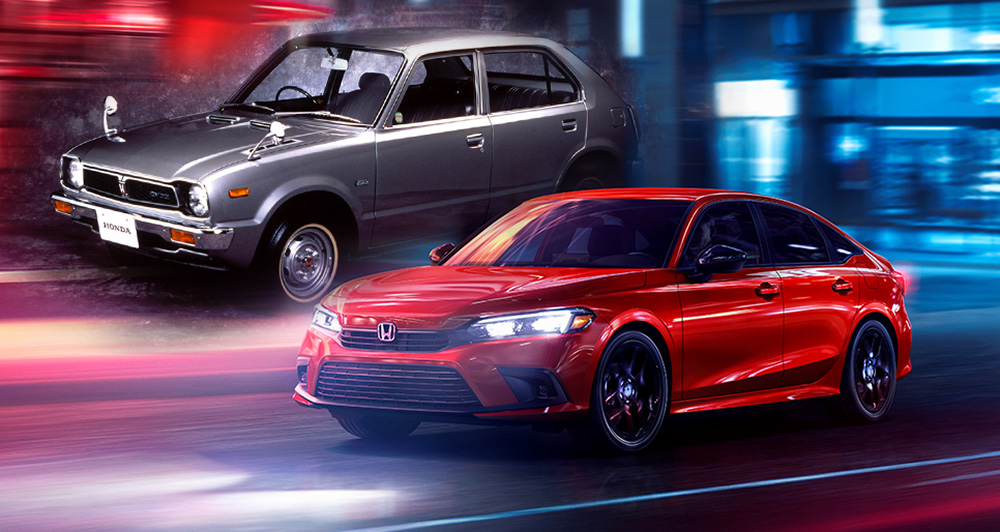

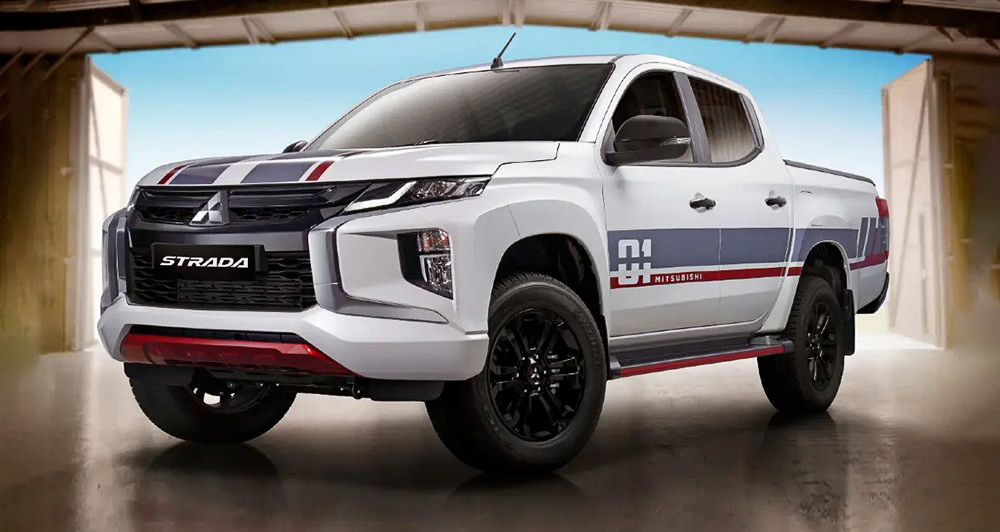
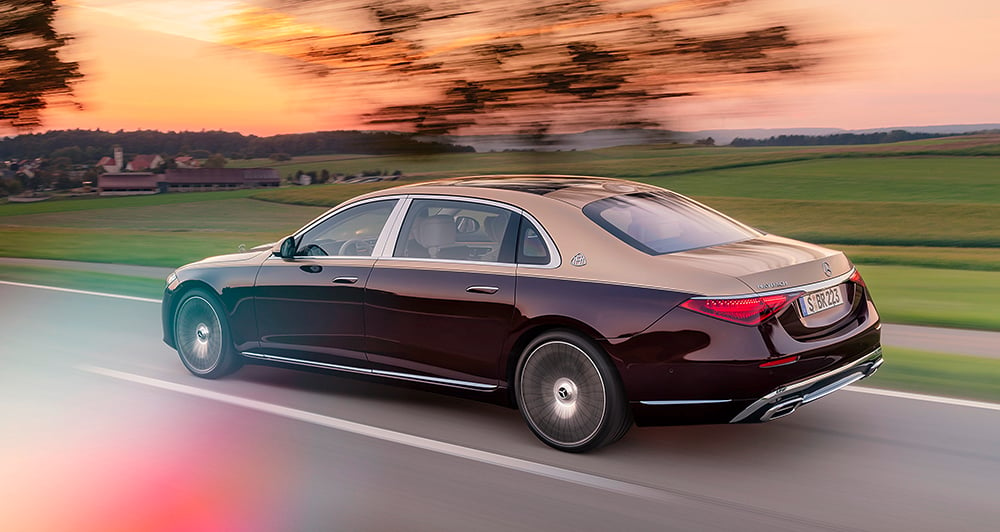

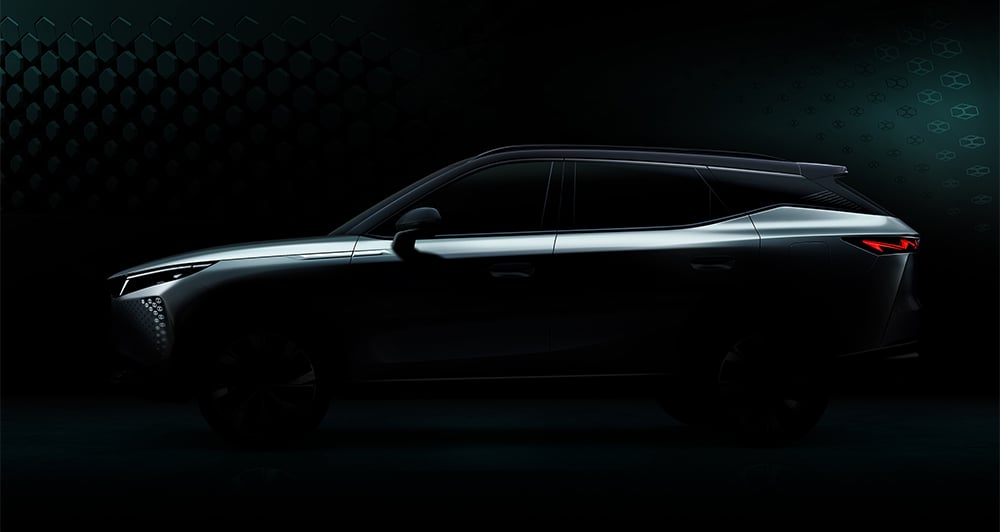
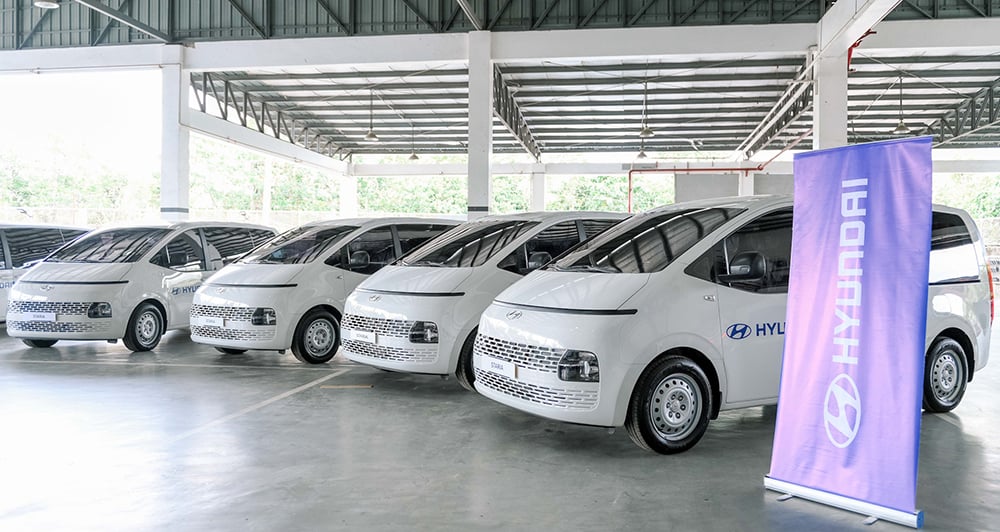


Comments